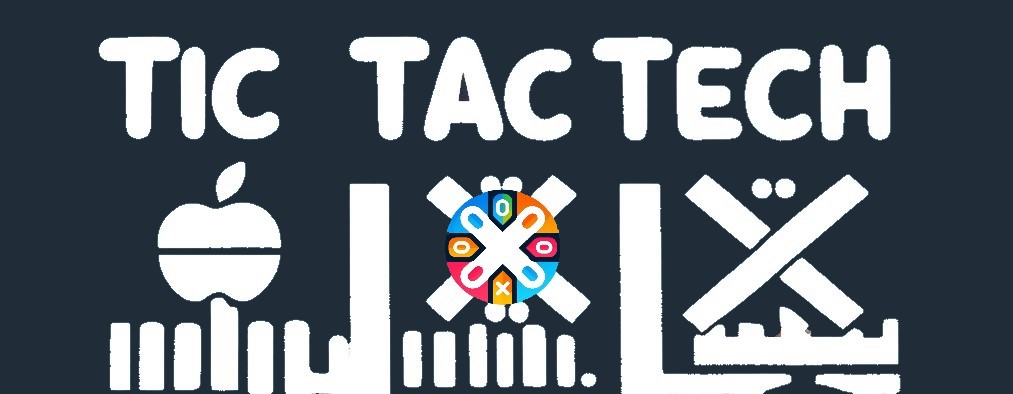TechPowerup News
The latest Hardware and Gaming News

-
This Week in Gaming (Week 35)
Believe it or not, but we're already hitting the last week of August and we have a week packed of remakes for you. That said, this week's major release is about saving a younger sibling from dimensional invaders while not worrying about losing your soul or something along those lines. This is followed by a game that takes place outside of the map, some kind of war that apparently involves gears, an anime-inspired MMO for one to four players, a game where you apparently have to eat snakes and finally you get to dress up in white as a Japanese assassin.
Lost Soul Aside / This week's major release / Friday 29 August
Run the gauntlet of formidable enemies and colossal bosses in this breathtakingly stylish single player action-adventure RPG; chaining weapon and spectacular attack combos in high-octane, dynamic combat. Adapt your fighting style, solve puzzles, and evolve incredible abilities on a truly heroic quest. Steam link -
Noctua Blames GPU Supply Issues for Lack of Beige and Brown RTX 5090 "At the Moment"
ASUS and Noctua recently released the pricey NVIDIA GeForce RTX 5080 Noctua Edition graphics card, which comes Noctua's classic beige and brown color scheme, three noise-optimized NF-A12x25 G2 fans, and a whopping $1,500 MSRP, putting it squarely in flagship price territory. According to a report by KitGuru, however, Noctua wants to make an even more premium RTX 5090 Noctua Edition, but the current supply issues relating to the RTX 5090 are getting in the way.
In our review of the RTX 5080 Noctua OC, the Noctua OC put out the most impressive noise-normalized results we've recorded so far for the class, suggesting that Noctua might be able to tame the RTX 5090 equally well. Jakob Dellinger, Noctua PR and Product Manager, told KitGuru that even if the company would "love to do a 5090," there isn't enough supply of 5090 chips to be able to pursue a 5090 version. Likely as a result of these shortages, the prices for RTX 5090 cards have been sky-high, which has caused a drop in demand, as we previously reported. That said, the door isn't completely closed on a Noctua RTX 5090, with Dellinger specifically saying that the supply limitations make the graphics card impossible "at the moment." -
GoDeal24 Back to School Sale: Get Great Software at Deep Discounts
GoDeal24 helps you have an awesome schooling year ahead by helping you save big on software. Choose your favorite notebook without preinstalled software or build your own desktop, then head over to GoDeal24 to grab genuine Windows 11 and various editions of Office at significantly lower prices than what you'd pay your PC OEM. Get Windows 11 Pro at just $13.25 with a TechPowerUp-exclusive discount. Office 2021 Professional Plus can be had at $31.25. Combine the two at $42.29. Got a bunch of friends and want to buy together? Check out our bulk sale to save even more.
Buy Office 2021 Professional Plus at $31.25 | Buy Office 2021 Professional Plus 2-PC at $59.50 | Buy Office 2021 Professional Plus 3-PC at $81.75 | Buy Office 2021 Professional Plus 5-PC at $130 | Buy Office 2019 Professional Plus at $22.75 | Buy Office 2016 Professional Plus at $15.29 | Buy Office 2021 Home and Business for Mac at $59.29 | Buy Office 2019 Home and Business for Mac at $32.29 | Buy Office 2024 Home and Business at $139.99 | Buy Windows 11 Pro at $13.25 | Buy Windows 11 Pro 2-PC at $24.75 | Buy Windows 11 Pro 3-PC at $34.45 | Buy Windows 11 Pro 5-PC at $53.15 | Buy Windows 11 Home at $13.05 | Buy Windows 10 Pro at $8.25 | Buy Windows 10 Home at $8.15
Please use the coupon code TCP62 on the following items to avail the prices you see here.
Buy Windows 11 Pro + Office 2021 Professional at $42.29 | Buy Windows 11 Pro + Office 2019 Professional at $34.54 | Buy Windows 10 Pro + Office 2021 Professional at $37.39 | Buy Windows 10 Pro + Office 2019 Professional at $29.64
Go bananas with our bulk sale.
Buy Windows 11 Pro 50-PC at $400 | Buy Office 2021 Professional 50-PC at $1,250 | Buy Windows 11 Home at $389 | Buy Windows 10 Pro 50-PC at $325 | Buy Windows 10 Home 50-PC at $299.50 | Buy Office 2019 Professional 50-PC at $950Check out slick deals on utility software.







